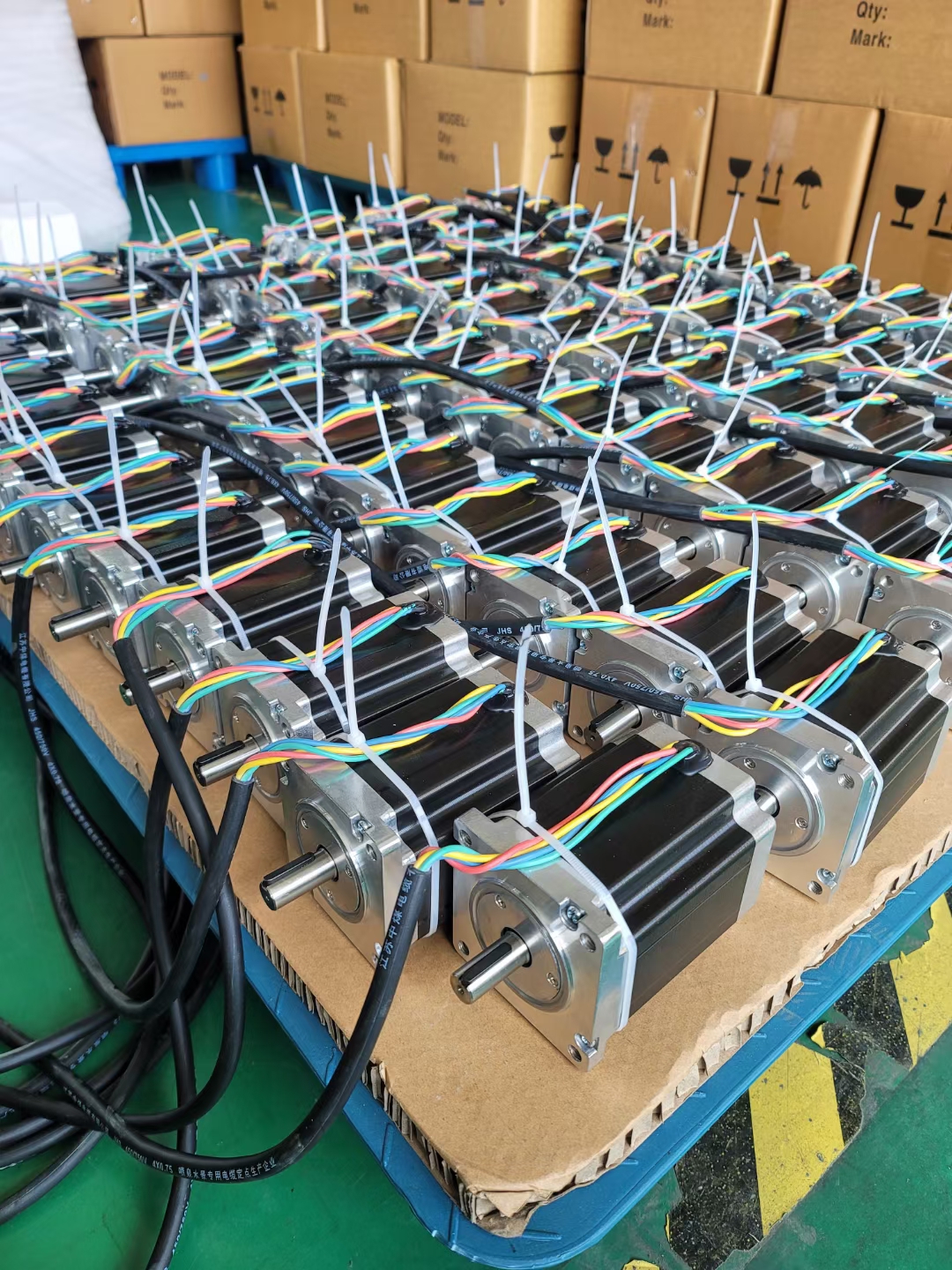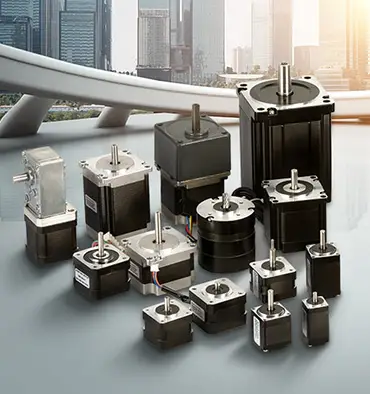How to choose stepper motor?
Choosing the right stepper motor is an important step in ensuring its accurate and reliable operation. This process involves considering the factors that can affect the performance of the motor, such as the step angle, the current supplied to the motor, and the microstepping resolution. In this article, we will explain how to choose the right stepper motor and the factors that should be considered.
The first step in choosing the right stepper motor is to determine the type of motor. Stepper motors are classified into two main types: full-step and half-step. The type of motor determines the number of steps that are required for the motor to rotate through one complete revolution.
Full-step stepper motors require 200 steps to complete a full revolution, while half-step motors require 400 steps. This means that a full-step motor has a step angle of 1.8 degrees per step, while a half-step motor has a step angle of 0.9 degrees per step.
To choose the right stepper motor, you will need to consider the step angle of the motor and the type of application it will be used for. For applications that require high precision and accuracy, such as printing or scanning, a half-step motor with a step angle of 0.9 degrees may be the best choice. For applications that require high speed and torque, such as robotics or CNC machines, a full-step motor with a step angle of 1.8 degrees may be more suitable.
In addition to the step angle, the current supplied to the motor can also affect its performance. Increasing the current can cause the motor to rotate more quickly, which can improve its speed and torque. However, too much current can cause the motor to overheat or lose torque. It's important to select a motor that can handle the required current draw for your application.
Finally, consider the microstepping resolution of the motor driver. Microstepping allows stepper motors to take smaller step fractions than the motor's base step angle. This provides smoother motion and more precise positioning. Choose a driver with microstepping capabilities suited to your application's needs.
By evaluating the step angle, current requirements, and microstepping needs, you can select the optimal stepper motor and driver for your application. Taking the time to match the motor specifications to your project's demands will ensure reliable and accurate performance.


Leave a Reply